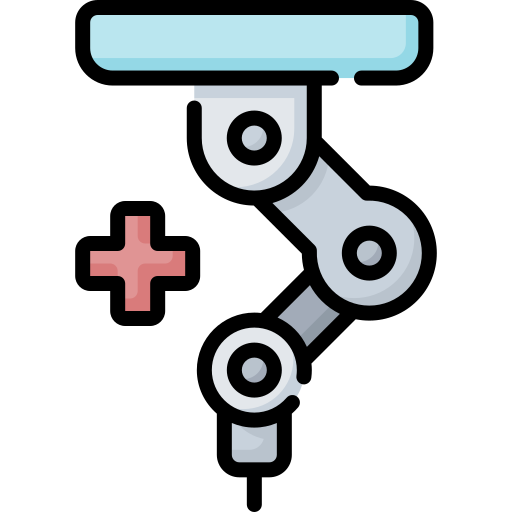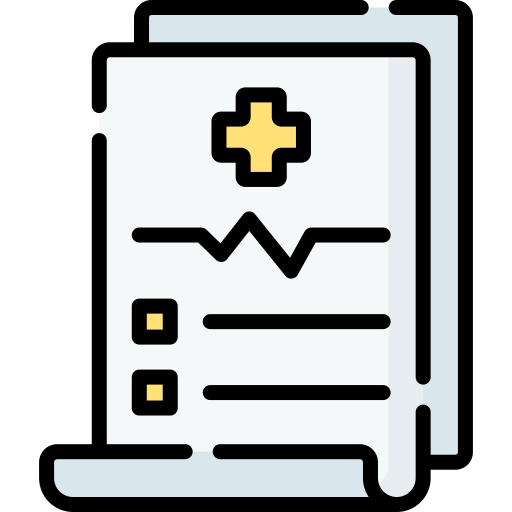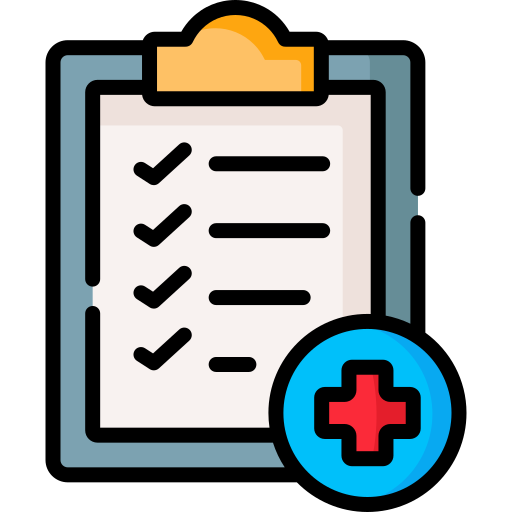
This logo isn't an ad or affiliate link. It's an organization that shares in our mission, and empowered the authors to share their insights in Byte form.
Rumie vets Bytes for compliance with our
Standards.
The organization is responsible for the completeness and reliability of the content.
Learn more
about how Rumie works with partners.
Have you ever heard of endometriosis?
While there might be a chance you have, endometriosis isn't widely talked about. It's important to learn and talk about endometriosis because it can affect your health.
How do I pronounce "endometriosis"?
Watch the video below to hear how to pronounce the word:
What is endometriosis?

Endometriosis is a painful disorder that can affect your uterus. The uterus, also known as the womb, is the hollow, pear-shaped organ in the pelvic region.
Inside the uterus exists a tissue called the endometrium. The endometrium is also considered the uterine lining or the lining of the uterus.
The endometrium is the part of the body that prepares every month to host an embryo. When a person’s eggs aren't fertilized, the endometrium sheds and is expelled from the vagina. This process is called menstruation, or simply, having a period!
Quiz
What is the tissue that lines the uterus called?
The endometrium is the inner layer. Endometriosis is the name of the disorder. The myometrium is the outside layer of the uterus and the peritoneum has to do with the abdomen.
Did you know?
So what goes wrong?

Sometimes, the endometrium that is supposed to grow inside the uterus can end up growing outside the uterus.
While the endometrium that grows inside the uterus has a clear exit from the body, the vaginal canal, during every menstrual cycle, the tissue that doesn't grow in the uterus has no place of exit.
Since this tissue becomes trapped, it can cause certain issues such as:
Cysts in the ovaries called endometriomas
Irritation in surrounding tissue that can lead to developing scar tissue and adhesions
These issues can lead to certain symptoms.
What are the symptoms of endometriosis?
Painful periods, including cramping in the pelvic area for several days before the period starts or several days after it ends
Painful intercourse
Pain while urinating or during bowel movements, which can happen especially during your period
Heavy menstrual flow
How is endometriosis diagnosed and treated?

A laparoscopy is when a viewing device is surgically inserted inside of the abdomen to check for endometrium-like tissue outside the uterus. This can help surgeons find the size and location of the tissue and treat the disorder accordingly.

Doctors sometimes treat certain cases of endometriosis through pain medication, fertility treatment, or hormonal treatment. At times, doctors might recommend a hysterectomy or the surgical removal of the ovaries.
Take Action

Endometriosis is highly underdiagnosed because women's pain is often disbelieved and discredited. Girls who complain about painful periods are labelled "too dramatic" and not every physician is willing to perform a laparoscopy.
This is why it's important to understand and de-stigmatize endometriosis so that people can talk about it.
If you have symptoms that seem like the aforementioned and doctors are not able to diagnose you with other menstrual disorders, it's important to educate yourself on endometriosis and push for more detailed diagnosis procedures!
For more information on endometriosis, read the sources below:
This Byte has been authored by
Saba Khalid
Founder & CEO at Aurat Raaj
Sarah Shamim
PR, Social Media and Content Associate
This Byte has been reviewed by
Lana Do
MD, MPH, BCMAS

